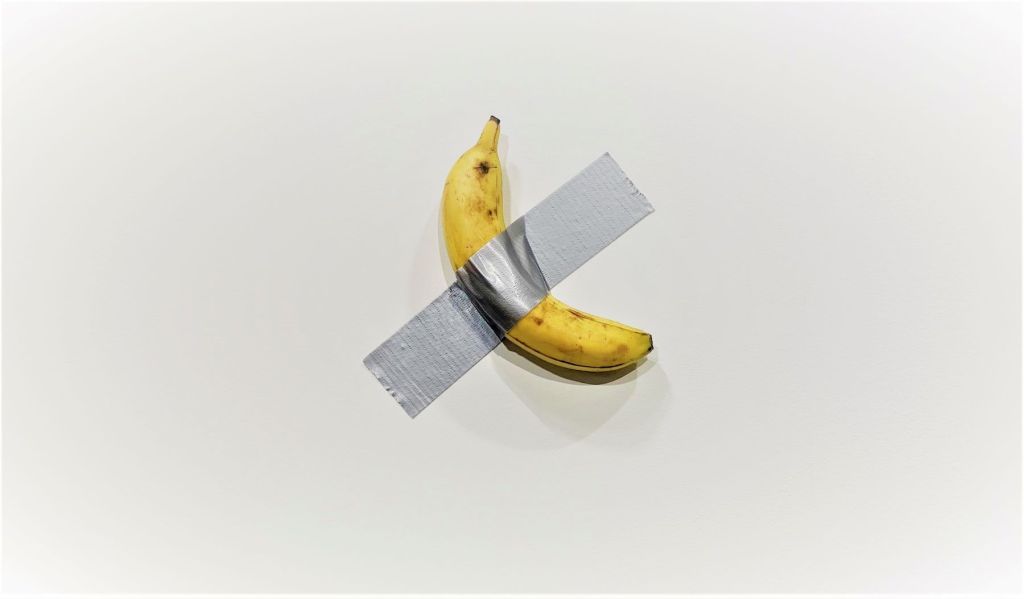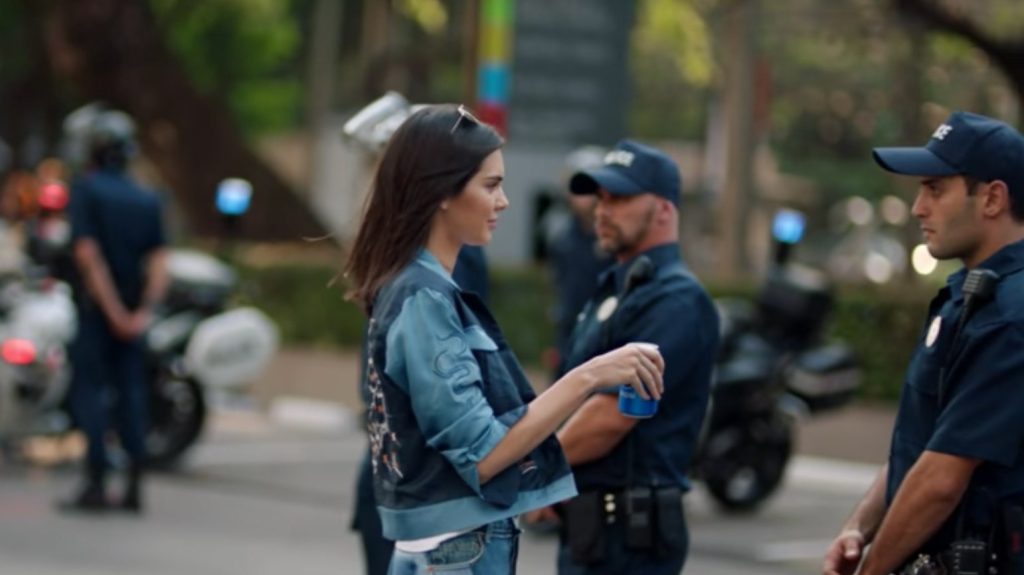The other day I came across this news article that stated that Maurizio Cattelan’s much talked-about Banana artwork is now in the Guggenheim museum in New York, courtesy an anonymous donor.
The piece of art which went viral, Maurizio Cattelan’s Comedian – a simple banana, duct-taped to a wall and priced at $ 120,000 was the subject of much controversy. To recap, Cattelan is an Italian artist and known for edgy work. In 2016 he replaced a toilet at the Guggenheim with a fully functioning gold one. He called the artwork America.
So, what was the thought behind the banana duct-taped to the wall?

A glimpse into what the gallery had to say about it may help throw some light on the matter. “Back then, Cattelan was thinking of a sculpture that was shaped like a banana. Every time he traveled, he brought a banana with him and hung it in his hotel room to find inspiration. He made several models: first in resin, then in bronze, and in painted bronze (before) finally coming back to the initial idea of a real banana.”
The idea behind it, according to the gallerists, was to explore ‘how we assign worth and what kind of objects we value’.
The artwork caused so much of a stir that large crowds assembled before it. To court even more controversy, New York-based performance artist David Datuna literally took a bite of the action by plucking the banana off the wall and eating it in front of stunned onlookers. He claimed that it was performance art and his answer to the supposed question posed by Catellan.
What began as a work of art soon turned into a meme that went viral across social media and brands had a field day with their own version of the duct-taped “banana.”


This was a prime instance of moment marketing. Moment marketing is the development of relevant and consistent links between current trending topics and a brand’s messaging and then communicating it on various media platforms. The question is, does it really help brands?
Burger King is quite well-known for its moment-oriented social campaigns. It has always found ways to integrate its brand with trending topics through social platforms and influencers. Having previously launched campaigns around ‘net neutrality’ and the horror movie ‘It’, it only made sense to get onto the Art Basel banana wagon.
However, bouncing on a trend isn’t simple. For certain brands, the choice feels organic and seamless. For others, it feels laboured and forced. You may get a high number of impressions, but it’s unlikely that one meme will impact the long-term success of your brand.
There are too many bad examples of brands attempting to “get with” the trending news in their web content, especially when they try to connect with a younger audience, and get it wrong- often comically, sometimes tragically. The impact is similar to the elderly uncle who loves to dance with the younger folks at weddings.
Remember the ill-fated Pepsi commercial featuring Kendall Jenner. I would have liked to be a fly on the wall of that creative meeting. Pepsi wanted to position their product as a cultural diversity unifier. The goal was well-intentioned but the idea failed. It showed reality star Kendall Jenner settling a Black Lives Matter standoff between the police and the protestors by offering a Pepsi can to the police officer.

The result was an outcry. The commercial was spoofed, memed and ridiculed to death. Eventually, the spot was pulled. Pepsi’s in-house ad group had conceptualised this disaster. PepsiCo president Brad Jakeman stepped down six months later, and said that the spot was “the most gut-wrenching experience of my career.”
The other issue with moment marketing is that it tends to go stale pretty fast. Its relevance can last from a day to a few weeks and then it loses out to the next “hot” thing. Such messaging is also quite context-driven. Most are referential to their geographic location or cultural surroundings, and may not make much sense out of this captive context.
The impact value of viral content like “memes” is very low from the strategic marketing perspective. For one, memes are constructed on their own history and not on the foundation of your brand. Moreover, there is always the underlying assumption that the audience already knows what the subject in question is. If they don’t, they’re either going to be racking their heads wondering what’s so funny or they’ll just pass it over without a second thought. Both aren’t desirable outcomes for brands. Memes have plenty of width, but no depth. If you really want to target your whole audience, and not just parts of it, you need content that has depth.
But what about brands that are built entirely on Moment Marketing? The Amul girl has always caught on to trending topics, both political and non-political. Till date, the Amul girl engages the Indian audiences with its phenomenal one liners nearly every day. In this case, Amul did not merely cash in on the moment marketing trend. Rather, it was the trail-blazer and was doing it for years, even before a word was coined to describe this kind of marketing. Its marketing is an intrinsic part of the brand itself and can’t be considered as exclusive from it. It’s something that the audience has come to love, accept and look forward to from the brand.
So, while moment marketing can create a connection between brands and consumers, it should also be handled with kids gloves. The questions to ask are : Is it high impact? Will it create a lasting impression? or Will it destroy what the brand has built over years of careful positioning and messaging? Most importantly, will it connect with your target audience or alienate it? And lastly, if it goes wrong, will the audience be laughing with you or at you?


Interesting post, moment marketing does help if it is rightly handled by the brands.
LikeLiked by 2 people
Yes. I love the Amul ads. Thanks so much for visiting and reading.
LikeLiked by 1 person
I think if done properly it can leave a lasting impression like every time you think of that moment you’ll be reminded of that product. But if it backfires also, it will get people to talk about it and isn’t that the goal of marketing? 🙈 Plus people have such short memories they’ll forget about it in a few weeks.
LikeLiked by 2 people
Yes true. The operative word being “properly.” But if it backfires, the agency gets the flak for it, if one is involved and no agency wants to be on the receiving end. Public memory is definitely shortlived and that can be both a pro and con. Thank u so much for visiting and your thoughtful comment. Really appreciate it.
LikeLiked by 1 person
Hey, I nominated you for the Leibster award. Check out the post –
https://wp.me/p6guIP-By
LikeLiked by 1 person
Thank you so much. Will check.
LikeLike
A very well written and interesting post. Love it. May I reblog this and link it back to you?
LikeLiked by 1 person
Yes for sure. That would be great. Thank u for ur kind words.
LikeLiked by 1 person